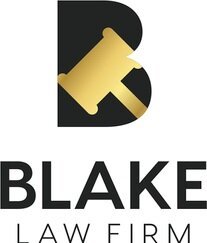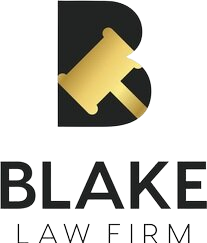Involuntary Bankruptcies: A Bankruptcy Remedy for Creditors
When one thinks of bankruptcy, they often view it from the traditional lens of a debtor initiating bankruptcy proceedings through the filing of a bankruptcy petition. These voluntary bankruptcies can often be a source of frustration for creditors attempting to collect on a debt. However, while bankruptcies are often used as a shield by a debtor to avoid a debt, they can likewise be used as a sword by creditors to collect a debt through the filing of an involuntary bankruptcy.
An involuntary bankruptcy is a creditor’s remedy allowing a creditor holding the required amount and type of an unsecured claim to force the debtor into a Chapter 7 or Chapter 11 bankruptcy. An involuntary bankruptcy is initiated by the filing of a bankruptcy petition by an eligible creditor. The initial threshold for the court is a determination of 1) whether the alleged debtor is generally not paying its debts as they become due, unless such debts are in bona fide dispute as to liability or amount; or 2) within 120 days preceding the filing of a petition, a custodian was appointed or took possession of substantially all of the alleged debtor’s property.
Once the involuntary petition is filed, the debtor will be provided an opportunity to respond to the petition. If the debtor fails to do so, the court will allow the bankruptcy to move forward. If the debtor disputes the petition, the court will set a trial to determine if one of the two threshold inquiries mentioned above are met. If the court determines that they are not, it will dismiss the bankruptcy. Should this occur, the petitioning creditor may be liable to the debtor for his/her/its attorney’s fees and costs. However, if the court determines that they are, it will issue an Order for Relief and the bankruptcy will proceed as either a Chapter 7 or Chapter 11 against the debtor.
The main objective of a petitioning creditor is to recover debts owed, particularly those that a debtor is capable of, but refuses, to pay. Involuntary bankruptcies often target debtors with few creditors and known assets, such as corporations. Because involuntary bankruptcies are filed by unsecured creditors, if one is considering petitioning for involuntary bankruptcy, it is important to ascertain not only the number of creditors but the type of debt (i.e., secured or unsecured) and, if possible, the value of the involuntary debtor’s assets. Otherwise, you may be going through a great deal of time and expense only to take a backseat to creditors with higher priority. To that end, a petitioning creditor oftentimes collaborates with other creditors before filing.
Though involuntary bankruptcies are an additional tool in a creditor’s toolbox, they are not for everyone. Before considering filing an involuntary bankruptcy petition, it is important to consult with knowledgeable counsel to explore the feasibility and viability of this debt collection approach.



